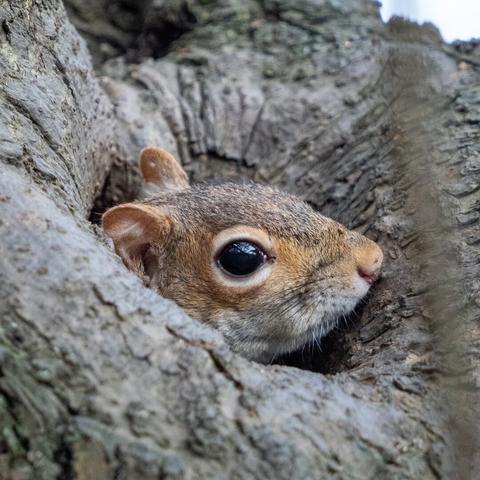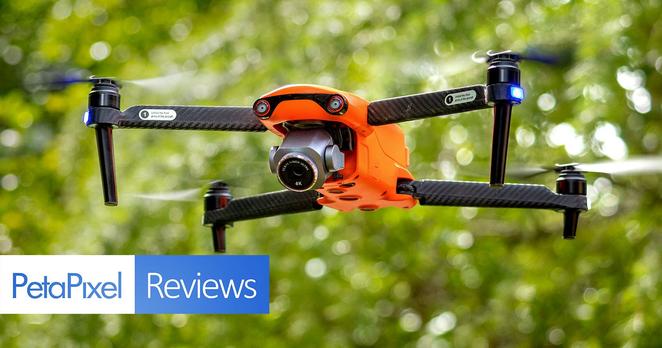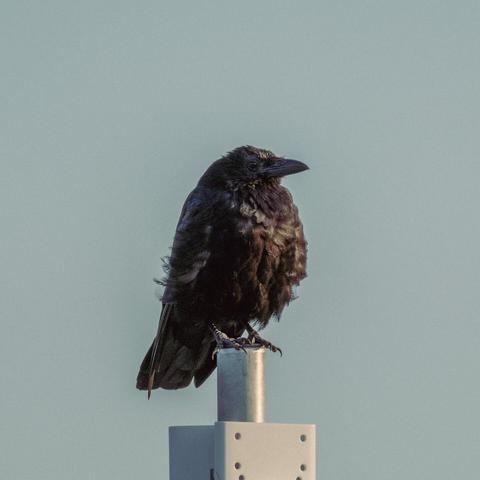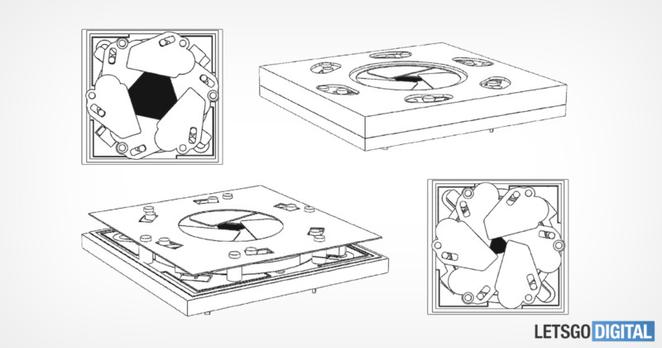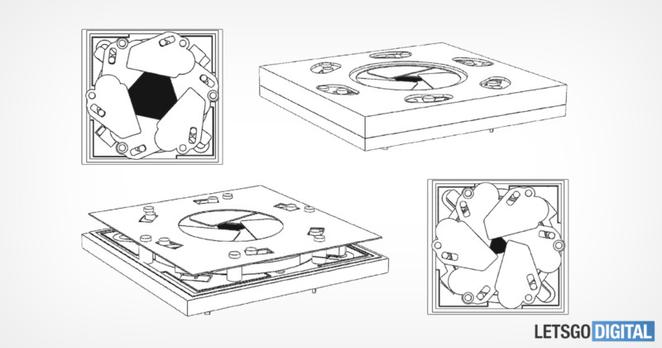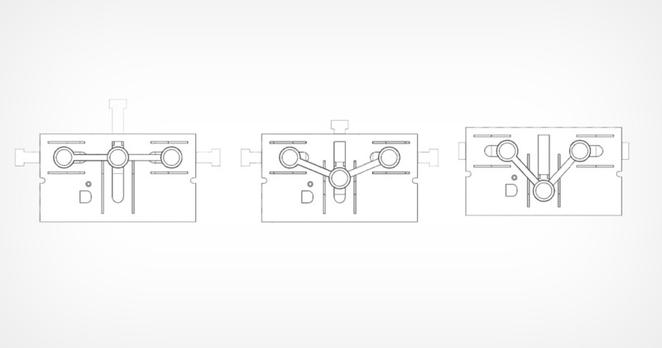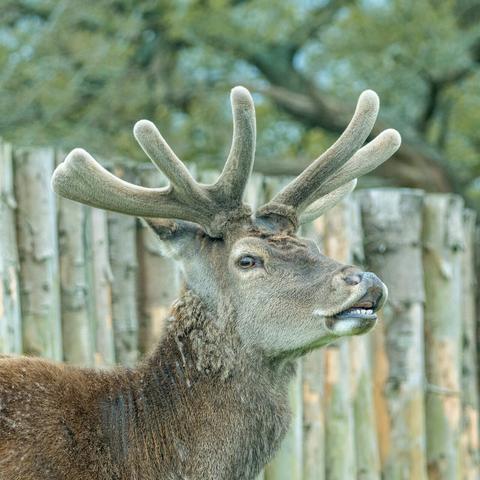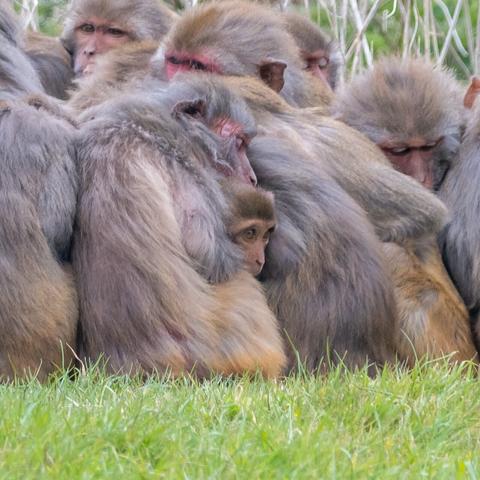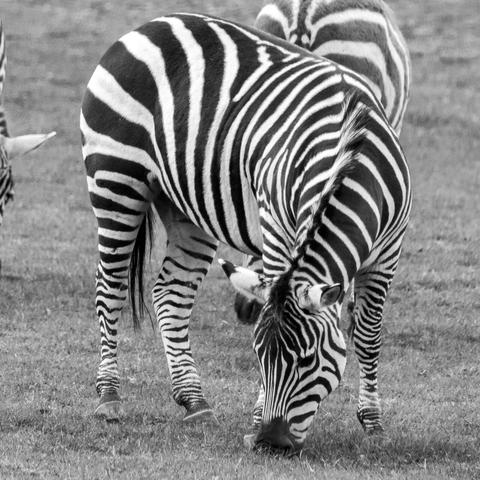#VariableAperture
#paviliongardens
#HidingSquirrel #SquirrelInTree #PokingHeadOut #SquirrelLife #LifeOfSquirrel #SquirrelsOfInsta
#F6_3 #400mm #sigmalens #sigma100400mmdgdn #femount #variableaperture #1_640s #sony #a6400sony #croppedsensor #emount #mirrorless #disabledphotographer #FibroPhotographer #SpoonyPhotography
Kuo: Apple is set to upgrade the iPhone 18's wide-angle lens in 2026 with a variable aperture camera! 📸🌟 Sunny Optical will be the primary supplier for the new shutter. #iPhone18 #Apple #CameraTech #VariableAperture #MobilePhotography #TechNews #Innovation #SmartphoneCamera
Hasselblad XCD 20-35mm f/3.2-4.5 Review: It’s Good and It Better Be https://petapixel.com/2024/09/10/hasselblad-xcd-20-35mm-f-3-2-4-5-review-its-good-and-it-better-be/ #Hasselbladxcd2035mmf3245 #landscapephotography #travelphotography #astrophotography #fixedfocallength #hasselbladxmount #variableaperture #hasselblad #Equipment #primelens #zoomlens #Reviews
Xiaomi 14 Pro smartphone packs a 3000 nit display, Snapdragon 8 Gen 3 chip, and variable aperture camera #Camera, #Smartphones, #Snapdragon8Gen3, #VariableAperture, #Xiaomi, #Xiaomi14, #Xiaomi14Pro
I do like taking pictures of other photographers...
#VeniceLife #OtherPhotographers #Photographers #StreetPhoto #StreetPhotography #BusyStreet #PeopleOnTheStreet #LifePhoto
#OSS #mirrorless #315mm #a6400 #telephoto #55210mm #a6400photography #a6400sony #sonya6400 #1_400s #emount #sonylens #zoomlens #F6_3 #sony #210mm #variableaperture
Alt Text
Photographer in a black shirt and dark glasses holding a compact film camera looking towards the centre of the frame https://instagr.am/p/Cm7s3X2KHnZ/
Such a handsome long girl!
#StreetPhotography #StreetPhotographyDogs #GreyhoundsOfInsta #GreyhoundsOfInstagram #longdogsofinstagram #zeisslens #sony #variableaperture #F4_5 #sonyrx1007 #rx1007sony #1_1000s #1inchsensor #rx1007 #45_23mm #compact #integratedlens #24200mm #124mm #compactlens #Longsnoot #SydneyStreet #NorthLaine #Longdog #LongDoggo #longdoggosofinstagram https://instagr.am/p/CZxjHbEM9eP/
And they called it puppy love...
#rx1007 #24mm #rx1007sony #24200mm #sony #compact #1inchsensor #compactlens #1_640s #F2_8 #integratedlens #variableaperture #zeisslens #9mm #sonyrx1007 #retriever #retrieversofinsta #retrieversofinstagram #puppiesofinsta #puppy #lablove #dogsofinsta #labradorsofinstagram #labradorable #goldenlabs #goldenlabsofinstagram #goldenlabsofinsta https://instagr.am/p/CZuJLoqslR2/
I just enjoyed the yellowed sign against the deep blue skies
#contemporarysignage #signage #signagedesign #modernsign #experimentalsignage #bluesky #blueskies #northlainesbrighton #northlainesindependent #blackpearl #sonyrx1007 #1_1000s #24200mm #1inchsensor #109mm #compact #integratedlens #compactlens #rx1007 #F5_6 #sony #variableaperture #zeisslens #rx1007sony #39_61mm @blackpearl_banyantree https://instagr.am/p/CZu_ktPM_Kj/
Seagull riding on the thermals while not moving forwards
#Seagull #SeagullAntics #animalantics #sonyrx1007 #200mm #rx1007 #integratedlens #72mm #F4_5 #variableaperture #rx1007sony #compactlens #compact #1_1000s #1inchsensor #24200mm #zeisslens #sony https://instagr.am/p/CZzgn8es8N1/
So this was a blended 42 exposure shot I took of the pier at sunset, and I like how it came out.
I may have gotten frozen by the cold, but it was worth it....
#variableaperture #1_640s #a6400photography #164mm #F5_6 #zoomlens #telephoto #246mm #sigma #a6400 #sigmalens #a6400sony #mirrorless #sony #emount #sonya6400
#stackedphoto #mergedphoto #merged #stacked #brightonpier #brightonphotographersgroup #brightonsunset #sunset #pieratsunset
So this was when I was walking during sunset, and I grabbed this squirrel.
It’s not perfectly in focus, and noisy, but I still like the result and plan on playing more with this camera.
(Another in my #MessingAround #RoughAndReady #NewCamera series)
#squirrel #leaping #leapingsquirrel #prestonpark #noisy
#72mm #sony #rx1007 #integratedlens #1inchsensor #variableaperture #sonyrx1007 #24200mm #rx1007sony #zeisslens #compactlens #compact #200mm #1_320s #F4_5 https://instagr.am/p/CY3kzSpMCxY/
An unimpressed corvid standing on a pole…
Because… why not? #600mm #sigma #sigmalens #variableaperture #sony #sonya6400 #a6400photography #400mm #telephoto #mirrorless #F6_3 #emount #zoomlens #a6400sony #1_800s #a6400 #corvid #crow #unimpressedbirb #unimpressedburb #burb #birb #corvidsofinstagram #crowsofinstagram
Huawei Develops Smartphone Camera with a Traditional Variable Aperture
While smartphone cameras continue to improve, most don't offer any kind of variable aperture. While Samsung has developed a way to introduce this in a future device, Huawei has also designed a method, and it's more akin to a traditional lens.
While implementing variable aperture into a smartphone is uncommon, it is not a new idea. Back in 2018, Samsung's Galaxy S9 smartphone featured a camera with a variable aperture, which is visible in the below close-up video from Jerry Rig Everything. The video has been timestamped for the portion when he looks closely at the mechanism.
In subsequent smartphones, Samsung and other manufacturers have ditched the variable aperture functionality in lieu of choosing instead to add more cameras and different focal lengths. Since smartphone sensors were, at that time, very small, the advantages of adding a physical iris over just providing more focal length options were small. Now though, as those sensors are getting larger and better, the physical diaphragm could see a return.
As evidence of this, Samsung recently patented a design that arranges three cameras in a T-shape and uses a motorized gear to slide them around and change their aperture in the process.
While Samsung used a physical diaphragm in the S9 and clearly is toying with other ways to adjust the depth of field, what it released in 2018 and what its more recent patent shows do not look much like what photographers are used to seeing in full-size lenses. In contrast, Huawei's design -- which the company recently patented and has been explained by LetsGoDigital -- shows the use of what looks like a far more traditional camera aperture diaphragm that consists of six blades which can open and close at various points to allow a different amount of light to hit the sensor.
According to the patent documentation, Huawei specifically wanted to mimic the design of a traditional lens rather than come up with something new but was unable to house an ultrasonic motor or stepping motor to adjust the aperture given size constraints. Instead, it plans to use a miniature driver that is supported by a coil and magnet, though the company says a piezoelectric motor could also be used.
The intended focal length of the lens that could see this tech implemented was not revealed, though Huawei does state it could use the tech on multiple cameras in the same device. The full documentation on the variable aperture patent can be read on LetsGoDigital.
#mobile #news #huawei #letsgodigital #samsung #smartphone #smartphonecamera #smartphonephotography #variableaperture
Samsung Designs Variable Aperture ‘Moving’ Smartphone Camera
Samsung has been granted a patent for what it is described as a camera with a moveable construction. The three cameras in the array are arranged in a T-shape and a motorized gear moves them in a sliding motion, which changes their aperture in the process.
Unearthed and illustrated by LetsGoDigital, the company describes a system that places a main wide-angle lens in the center of a "T" shape, with the ultra-wide and telephoto lenses on the left and the right of the main camera. In their default setting, the cameras are placed in a line next to each other, but depending on the desire of the photographer, the center lens can move downwards (initiated by the smartphone camera app interface) which then slides the two other lenses inwards which forms a triangle shape.
As the distance between the cameras changes, the aperture is described as also changes. When the cameras are aligned in the most extreme triangle shape, the aperture is the smallest, when the cameras are in a line, the aperture is at its widest.
Theoretically, this design would allow photographers to adjust the aperture as they see fit for a specific scene and do so with a high degree of granularity. It sounds as though the smartphone app will allow the motor that moves the cameras to be adjusted on a slider, so photographers can look at a scene and adjust the amount of defocused background blur in real-time while looking at the results.
Variable aperture in smartphones is rare, but not unprecedented. As LetsGoDigital explains, Samsung actually has implemented it before in the Galaxy S9 and Galaxy S10 smartphones, but in those two cases, only the wide-angle camera could adjust its aperture. This design would allow the aperture of all three cameras to be changed.
A possible downside of this design is, as is the case with many of the unusual patents that smartphone companies are granted, durability. As seen in the schematics above, the system is driven by a geared motor and a screw, and that single motor controls the movement of the entire array. Should anything happen to that one motor, the entire camera system would be stuck.
Still, it is at least an attempt to bring features found in even small standalone cameras to the smartphone but as always, it's never clear if Samsung will actually make use of the patent in a consumer product.
Image credits: Images provided courtesy of LetsGoDigital and used per publication guidelines.
#mobile #news #aperture #letsgodigital #patent #samsung #samsungsmartphone #smartphone #smartphonecamera #smartphonecameras #variableaperture
The nubs are strong with this one.
#sigma #variableaperture #1_500s #a6400photography #telephoto #zoomlens #sony #emount #151_3mm #F5_6 #mirrorless #a6400 #sonya6400 #sigmalens #226mm #a6400sony #stag #nubs #stagnubs #nubsofdoom #deer #deerofinstagram #deerphotography #longleatsafaripark #longleatsafari #longleat
When you have been over cuddled and are trying to escape the pile!
#simians #simiansofinsta #macaques #macaquemonkey #macaquesofinstagram #longleat #longleatsafaripark #longleatsafari #235mm #sonya6400 #emount #sigma #telephoto #variableaperture #sigmalens #a6400photography #zoomlens #mirrorless #1_500s #352mm #sony #a6400 #a6400sony #F6_3
